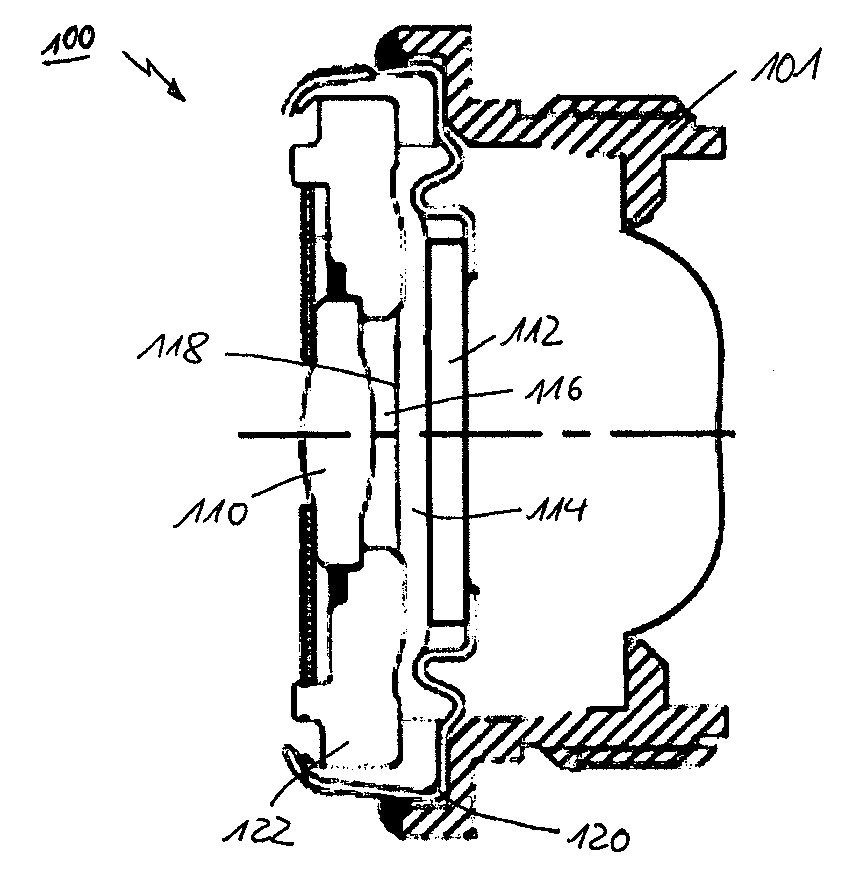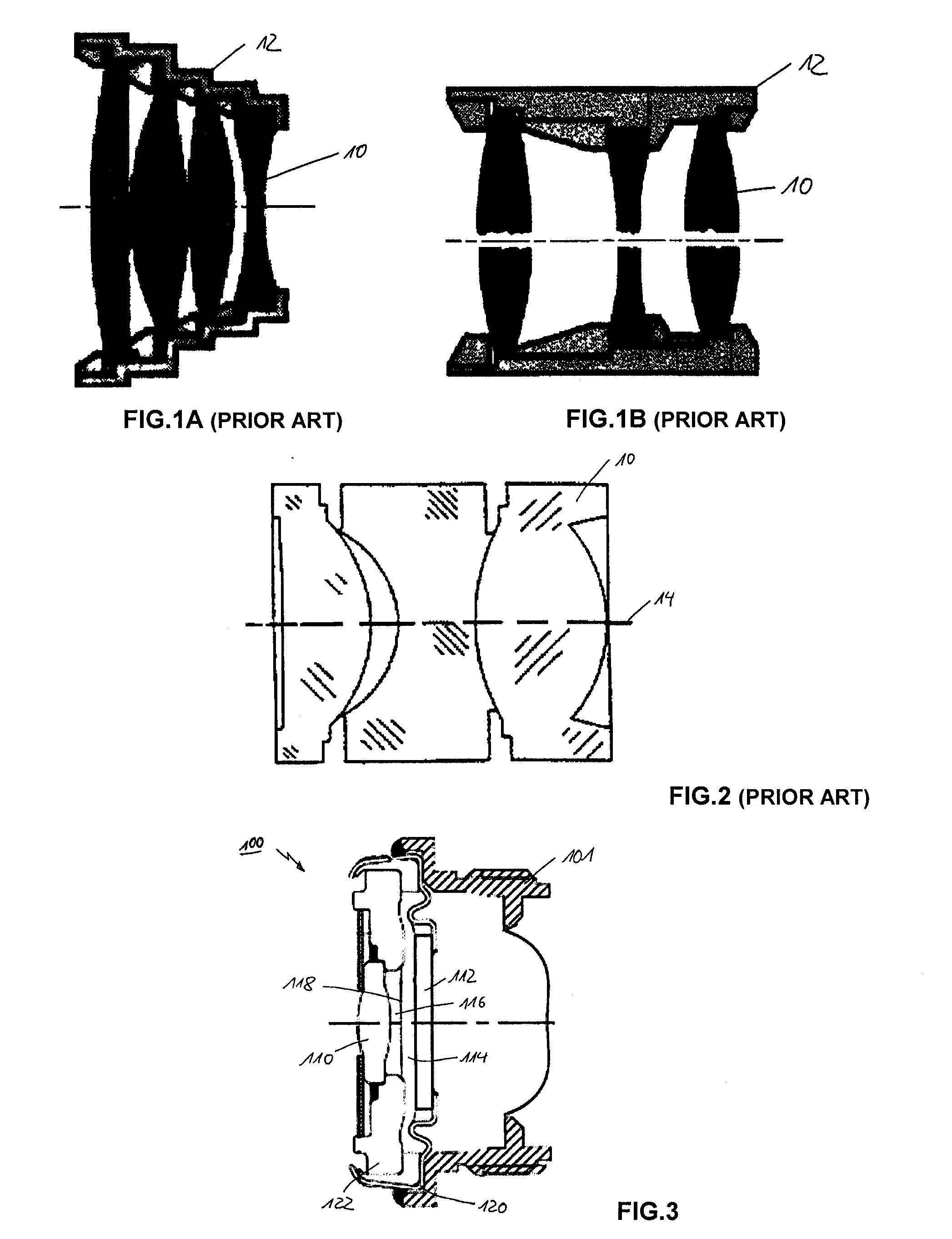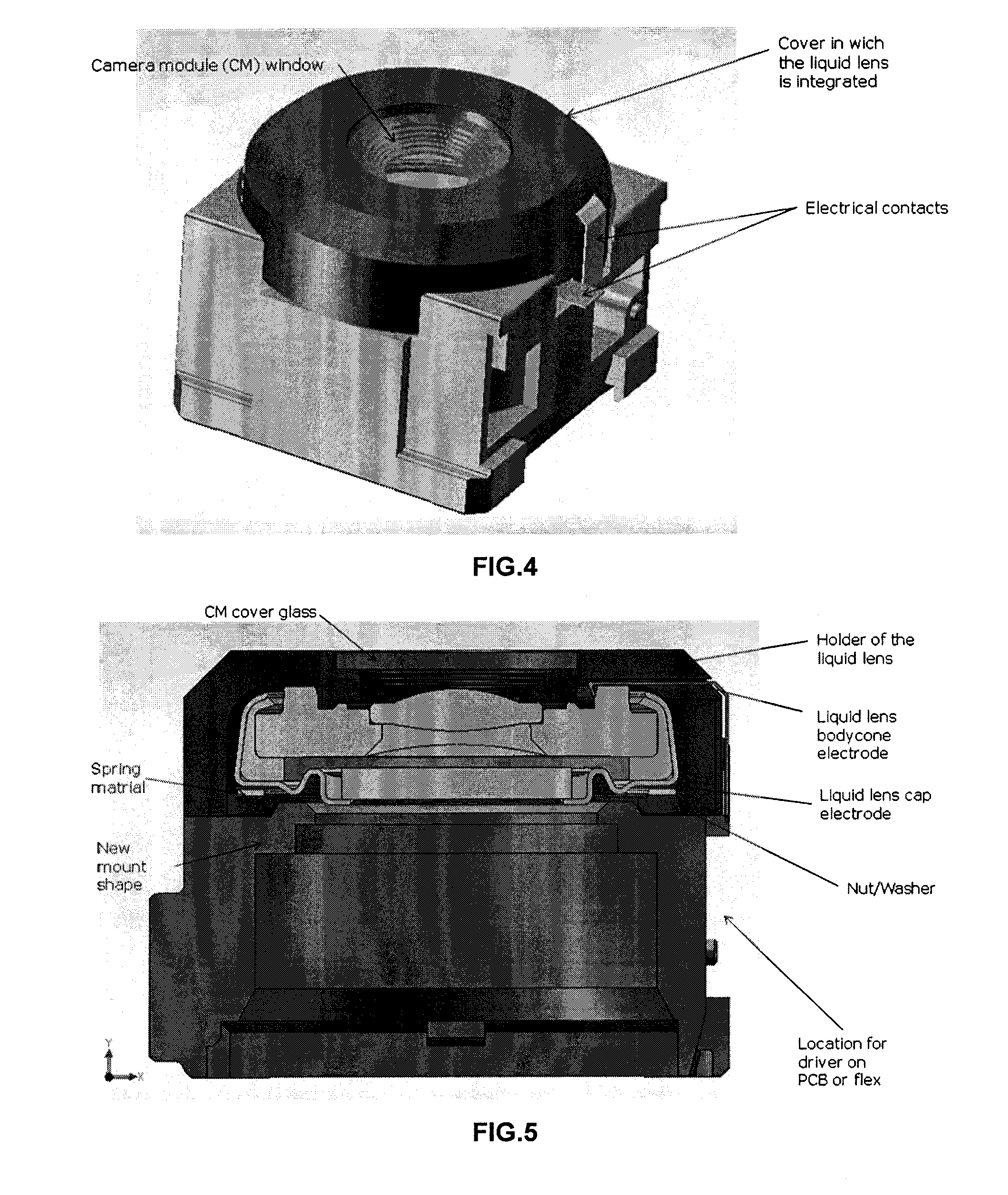Optical device for high quality and compact camera module
a camera module and optical device technology, applied in the field of optical devices for camera modules, can solve the problems of not always possible, undesirable stray light (flare, ghosts), and inability to passively align
- Summary
- Abstract
- Description
- Claims
- Application Information
AI Technical Summary
Problems solved by technology
Method used
Image
Examples
Embodiment Construction
[0037]The present invention related to an optical device comprising a liquid lens having at least one fixed lens and a liquid lens holder wherein accurate datum of the liquid lens can be used in order to avoid at least partially active alignment process and ensure the best image quality (highest MTF) of the imaging device that integrate the optical device.
[0038]According to one embodiment of the invention, the flat flange glass molded lens (Z1 of FIG. 13) and its outer diameter can be used as reference on which the liquid lens holder may be centered (according to X and Y axis) and positioned according to a Z axis. In one example, the inner diameter of the liquid lens holder could be used as reference for centering with the other parts of the lens as well as the flat reference of the liquid lens holder bottom for accurate Z position. For easiness of integration that liquid lens holder will integrate at least one electrical contact for contacting one electrode of the liquid lens. Such...
PUM
 Login to View More
Login to View More Abstract
Description
Claims
Application Information
 Login to View More
Login to View More - R&D
- Intellectual Property
- Life Sciences
- Materials
- Tech Scout
- Unparalleled Data Quality
- Higher Quality Content
- 60% Fewer Hallucinations
Browse by: Latest US Patents, China's latest patents, Technical Efficacy Thesaurus, Application Domain, Technology Topic, Popular Technical Reports.
© 2025 PatSnap. All rights reserved.Legal|Privacy policy|Modern Slavery Act Transparency Statement|Sitemap|About US| Contact US: help@patsnap.com



